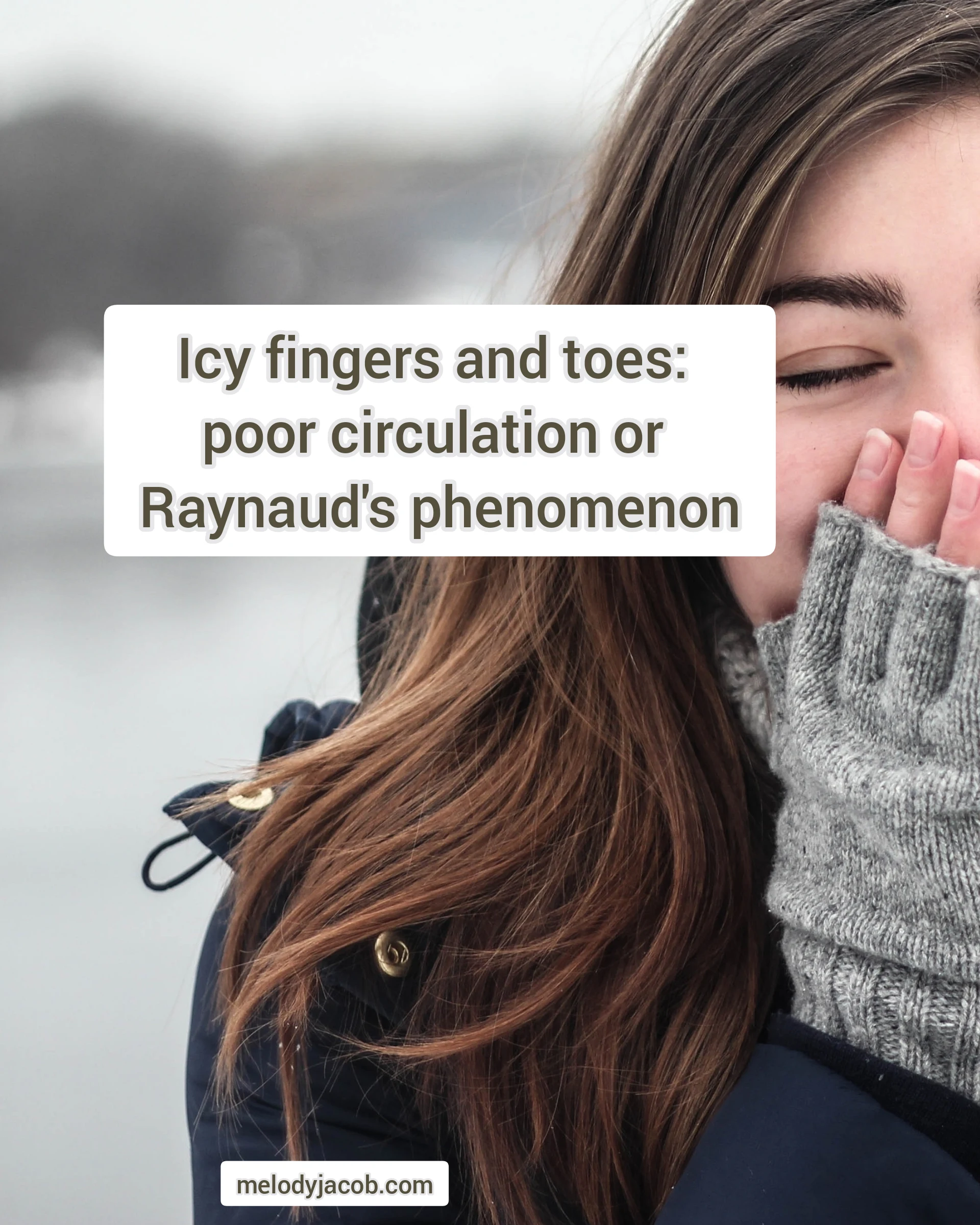If your fingers or toes become pale (or even ghostly white) and unresponsive in response to a cold, you may presume you just have weak circulation. That was my initial thought when I began detecting this issue with my own eyes many years ago. You have Raynaud's phenomenon, a condition in which normal blood vessel constriction is exaggerated.
Raynaud's phenomenon: it's not only about insufficient circulation.
When exposed to a cold environment, your body attempts to maintain its core temperature. The contraction of blood arteries on the surface of the skin redirects blood flow deeper into the body. If you suffer from Raynaud's phenomenon, this process is accelerated, and even small changes in air temperature can trigger an episode, according to rheumatologist Dr. Robert H. Shmerling, senior faculty editor at Harvard Health Publishing and corresponding faculty in medicine at Harvard Medical School.
Raynaud's phenomenon is typically triggered by cold weather. However, it can occur at any time of year—for example, when you exit a warm pool, enter an air-conditioned building, or reach into the supermarket's frozen area, "he asserts. Raynaud's disease can also affect the feet and, less frequently, the nose, mouth, and ears. The tiny arteries that supply the fingers and toes constrict spasmodically during an episode, impeding the passage of oxygen-rich blood to the skin. Some of these blood vessels may even fall apart for a short time, causing the skin to become pale and cold, and sometimes to turn bright white.
While Raynaud's phenomenon is technically a circulation condition, it is quite distinct from what doctors imply by impaired circulation, according to Dr. Shmerling. Limited or poor circulation is more common in elderly adults whose arteries have been narrowed by fatty plaque (referred to as atherosclerosis), which is frequently caused by excessive cholesterol, high blood pressure, and smoking. In comparison, Raynaud's disease typically affects younger people (mainly women) who are free of these complications, and the circulation disruption is typically temporary and entirely reversible, he says.
Raynaud's phenomenon prevention and treatment
The most effective treatment for this condition is to avoid episodes altogether, primarily by avoiding rapid or unprotected exposure to frigid temperatures. Always dress warmly in the winter, adding extra layers and gloves even if the temperature drops slightly or the weather turns rainy or windy. Additionally, in the winter, pre-heat your car before entering and wear gloves in chilly grocery store aisles.
In general, it is advisable to avoid behaviors and medications that restrict blood vessels. This involves abstaining from smoking and some medications, such as cold and allergy formulas containing phenylephrine or pseudoephedrine, as well as migraine meds containing ergotamine. Emotional tension may potentially trigger a Raynaud's episode, so try stress-relieving tools and strategies.
If necessary, your physician may prescribe a blood vessel relaxant, typically a calcium-channel blocker such as nifedipine (Adalat, Procardia). If this does not work, erectile dysfunction medications such as sildenafil (Viagra) may help somewhat. You may not need to take these medications continuously, but rather only during the cold season when Raynaud's is most severe.
Rapidly rewarm the affected areas
Once an episode begins, it is critical to promptly warm up the affected extremities. Submerging your hands under warm running water suffices. If this is not possible, place them beneath your armpits or near another warm area of your body. When the blood vessels finally relax and normal blood flow is restored, the skin becomes heated and flushed – and extremely red. A throbbing or tingling sensation may occur in the fingers or toes.
What else is critical to understand?
Raynaud's phenomenon is associated with other health conditions, most common connective tissue illnesses such as scleroderma or lupus. This can be determined by your doctor performing a physical examination, asking you about your symptoms, and ordering a few blood tests. However, in the majority of cases, there is no underlying medical condition.
Pexel photo
